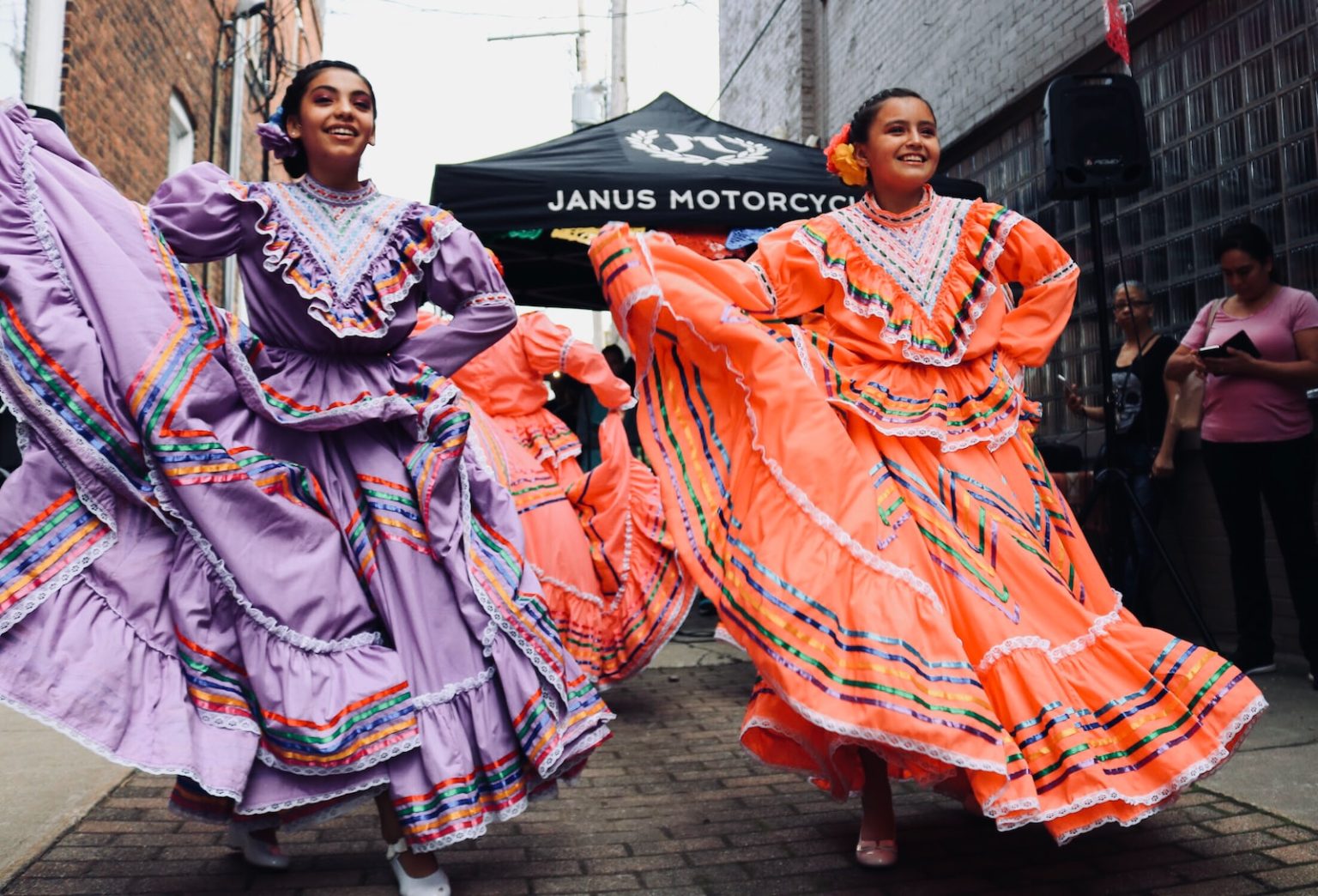Fashion has always been a reflection of the times we live in, and in contemporary society, it is no different. As we move towards a more globalized world, fashion has become a melting pot of different cultures, traditions, and symbols. Cultural symbols and motifs have made their way into the mainstream fashion industry, creating a rich tapestry of diversity and meaning.
One of the most prominent examples of cultural symbols in contemporary fashion is the use of traditional patterns and designs. From the intricate paisley patterns of India to the bold geometric prints of Africa, fashion designers are drawing inspiration from diverse cultures and incorporating these elements into their collections. This not only adds a unique and interesting visual appeal to the garments but also serves as a form of cultural appreciation and celebration.
Moreover, cultural motifs such as religious symbols, traditional attire, and historical references have also found their way into modern fashion. For example, the use of religious iconography like crosses, mandalas, and hamsa hands can be seen in accessories and clothing, often used as a form of personal expression and spirituality. Traditional attire, such as the kimono from Japan or the sari from India, has been reimagined and reinterpreted by designers, creating a fusion of traditional and contemporary fashion.
Furthermore, historical references and cultural movements have also influenced fashion trends. From the bohemian styles of the 1960s to the punk rock aesthetic of the 1980s, fashion has often been a reflection of social and cultural movements. Today, we see a resurgence of these historical references in contemporary fashion, with designers drawing inspiration from various eras and cultural movements to create unique and meaningful collections.
In addition to the incorporation of cultural symbols and motifs, the fashion industry has also seen a rise in the celebration of diversity and inclusivity. Models of different ethnicities, body types, and gender identities are now being represented on the runways and in fashion campaigns, challenging traditional beauty standards and promoting a more inclusive and representative industry.
Overall, the integration of cultural symbols and motifs in contemporary fashion has brought about a new wave of creativity and diversity. It has not only enriched the visual landscape of fashion but has also fostered a deeper understanding and appreciation of different cultures and traditions. As we continue to move towards a more interconnected world, it is important for the fashion industry to embrace and celebrate the richness of cultural diversity, ensuring that fashion remains a reflection of the society we live in.



